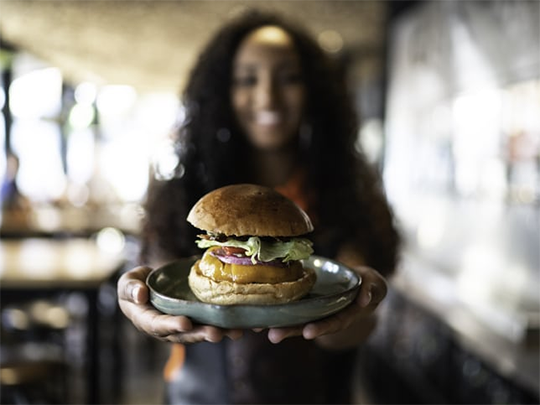In 2050 we will produce 60 % more food. What if we would produce it sustainably?
What the International Feed Industry Federation (IFIF) sees as a challenge can be an opportunity as well: Nourishing 9 billion people in the world. How would a sustainable feed-to-food chain impact our lives?

Reducing emissions with phytogenics: A still-under-the-radar potential
What if we would feed every broiler in the EU with Biostrong® 510? We could save 1.8 million t Co2-eqv. This is roughly equivalent to the yearly emissions of Malta.
This is exciting because Carbon Dioxide is a Greenhouse Gas with a long half-life. CO2 has a half-life of 100 years, compared to Methane with about nine years.
IFIF and FEFANA started a Life Cycle Assessment of specialty feed ingredients. Data were collected globally, with the participation of companies and associations.
Results among Europe, South America, and the US are promising: Specialty feed ingredients in diets reduce global warming potential.
“Animal feed is a vital yet unseen input to the food industry. It has significant implications for environmental health and food security. But yet is rarely talked about. “

Brazilian Millennials crave for food safety
Speaking about food: Nine out of ten Brazilian Millennials look very closely at food labels. This reveals a recent Delacon survey. They are concerned about the quality and source of food.
So, what’s in it for you?
Livestock production with phytogenics and sustainable feeding programs will be seen and respected. By Millennials which look very closely at labels.
Kicking animal antibiotic habits for sustainability and food safety

Still, there are countries allowing antimicrobials for fattening animals. The World Organization for Animal Health reports. However, there are already several markets that have banned antibiotic growth-promoters. Take the European Union as an example, or Asian countries.
Successfully, nutritionists switch to phytogenics instead. Explore some powerful examples of phytogenic ingredients.
In 2050, livestock production will be much more than today. It has become an emotional topic. Leading it to a more rational discussion, shows:
We can make decisions towards more sustainable livestock production systems.
Starting at the very beginning of the feed-to-food chain, with phytogenic ingredients.

Katharina Mayrhuber
Katharina loves to learn, discover and tell feed and food stories globally - using Social Media, visual communications and media relations. She is currently not working actively at Delacon.










